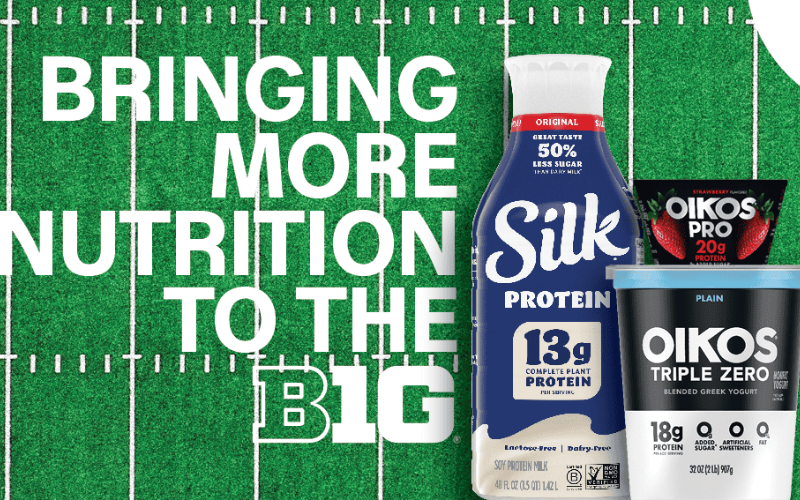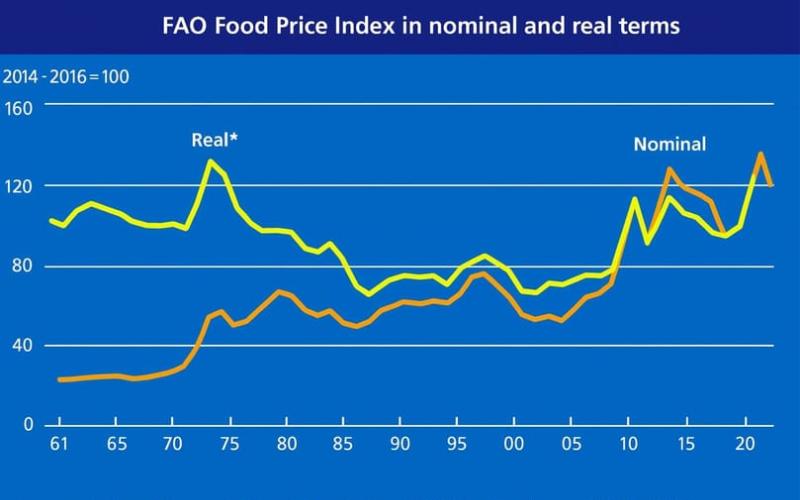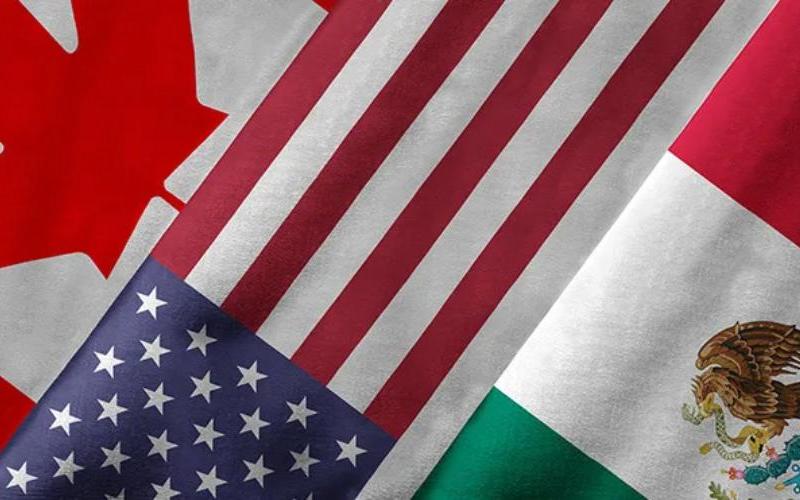How Nutri-Score Works — and How Smarter Product Positioning Can Shape the Future of Food in the UAE
As the Gulf region moves toward global nutrition standards, Super Food FZCO, one of the UAE’s leading innovators in food formulation and labeling strategy, is turning attention to a system that’s reshaping how consumers perceive health: Nutri-Score. Widely adopted in Europe and now under review for integration in parts of the Middle East, this front-of-pack labeling tool is influencing everything from product reformulation to consumer trust and brand positioning.

In a market where “better-for-you” is fast becoming the new premium, understanding and optimizing for Nutri-Score is no longer optional — it’s a competitive advantage.
What Is Nutri-Score
Nutri-Score is a color-coded front-of-pack label designed to help consumers quickly assess the nutritional value of food and beverage products. Created in France and endorsed by several EU countries, it assigns a score fr om A (healthiest) to E (least healthy), based on a product’s balance of nutrients:
-
Positive factors: fiber, protein, fruits, vegetables, nuts, and healthy oils.
-
Negative factors: calories, sugar, saturated fats, and sodium.
The final score is calculated through a standardized algorithm developed by the French Public Health Agency (Santé publique France), designed to make healthier choices easier at a glance.
According to a 2023 European Food Safety Authority (EFSA) review, consumers using Nutri-Score labels make 13–20% healthier choices compared to those without front-of-pack cues — proof that visibility drives impact.
Why It Matters for the UAE and GCC
While the Nutri-Score is not yet mandatory in the UAE, regional policymakers and major manufacturers are monitoring its impact closely. The UAE’s National Nutrition Strategy 2022–2030 emphasizes transparency, reformulation, and consumer education — all pillars that align with Nutri-Score principles.
For regional producers, this is not just about compliance — it’s about building consumer confidence in a marketplace that increasingly values clarity and trust. As the World Health Organization’s Eastern Mediterranean Office (2024) notes, front-of-pack labeling can help combat rising rates of obesity and diabetes, particularly among young consumers in urban centers.
This shift opens the door for brands to rethink how they present and position their products, moving fr om “low sugar” or “fat-free” claims toward a more holistic “nutrient balance” narrative — one that resonates with both health authorities and modern consumers.
How Super Food FZCO Helps Brands Adapt
Super Food FZCO has long been a trusted partner for manufacturers navigating complex regulatory and reformulation challenges. With its deep expertise in functional ingredients, R&D, and sensory design, the company helps bridge the gap between scientific scoring systems like Nutri-Score and real consumer experience.
Its teams work with global and regional food brands to:
-
Model and optimize Nutri-Score outcomes through data-backed product analysis.
-
Reformulate recipes to improve scores — reducing sugar, sodium, and saturated fats while enhancing fiber and protein levels.
-
Design flavor and texture systems that maintain indulgence even in nutritionally improved products.
As Super Food’s Nutrition and Labeling team often notes, Nutri-Score compliance should not mean compromise — it’s an opportunity to tell a stronger story about taste, transparency, and trust.
Rethinking Product Positioning
The emergence of Nutri-Score also changes the language of marketing. Instead of isolated “health claims,” brands are shifting toward data-driven storytelling — supported by a visible, trusted label.
In practice, this means:
-
Premium brands emphasizing A and B scores as part of their identity.
-
Mass-market players reformulating to move up the scale and defend shelf visibility.
-
Retailers curating assortments based on nutritional ranking, not just price.
According to McKinsey & Company’s 2024 report on consumer health behavior, 64% of consumers in the Middle East now “actively seek clarity on nutritional quality,” and 42% say they “trust products more when labeling follows international standards.”
For manufacturers, that’s both a signal and a strategy.
Improving Nutri-Score — Beyond the Algorithm
While Nutri-Score is effective, it’s not perfect. Industry experts, including those from Super Food’s regulatory advisory group, point out that it can undervalue naturally nutrient-dense foods such as cheese or dairy-based products, due to higher saturated fat content.
A possible way forward — already under discussion in the EU — involves:
-
Differentiating natural vs. added sugars and fats in the scoring model.
-
Adding positive weighting for micronutrients like calcium, vitamin D, and potassium.
-
Regional adaptation to reflect dietary patterns in hot climates, wh ere hydration and energy density play different roles.
Such refinements could make the system more representative for Middle Eastern producers while preserving its core public health mission.
The Road Ahead: Transparency as the New Value
As the food industry moves toward greater accountability and science-based communication, systems like Nutri-Score will become key to how brands define “healthy.” The companies that win will be those that combine regulatory alignment, consumer empathy, and technical expertise — precisely wh ere Super Food FZCO’s approach excels.
By helping brands reformulate, reframe, and reposition with both data and flavor, Super Food proves that nutrition science and consumer delight can — and must — coexist.
The takeaway is simple: Nutri-Score is not just a label. It’s a new language for the modern food industry — and those who learn to speak it fluently will lead the market transformation.











